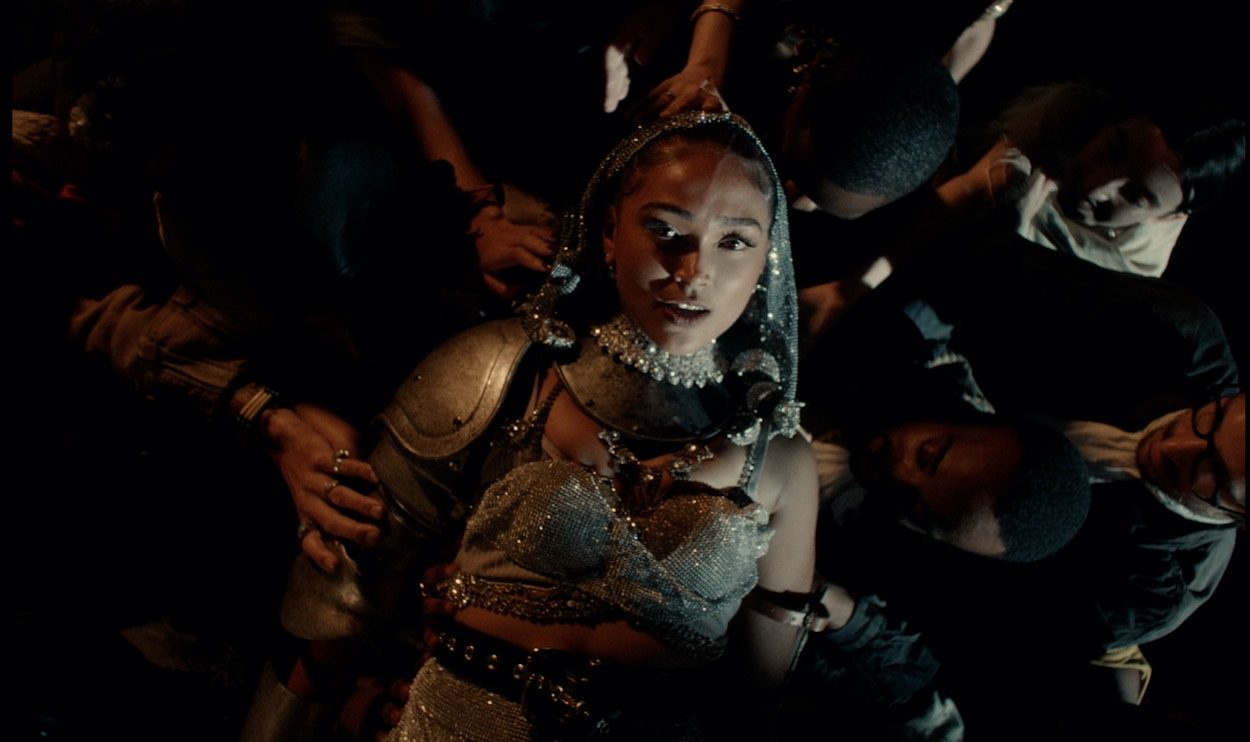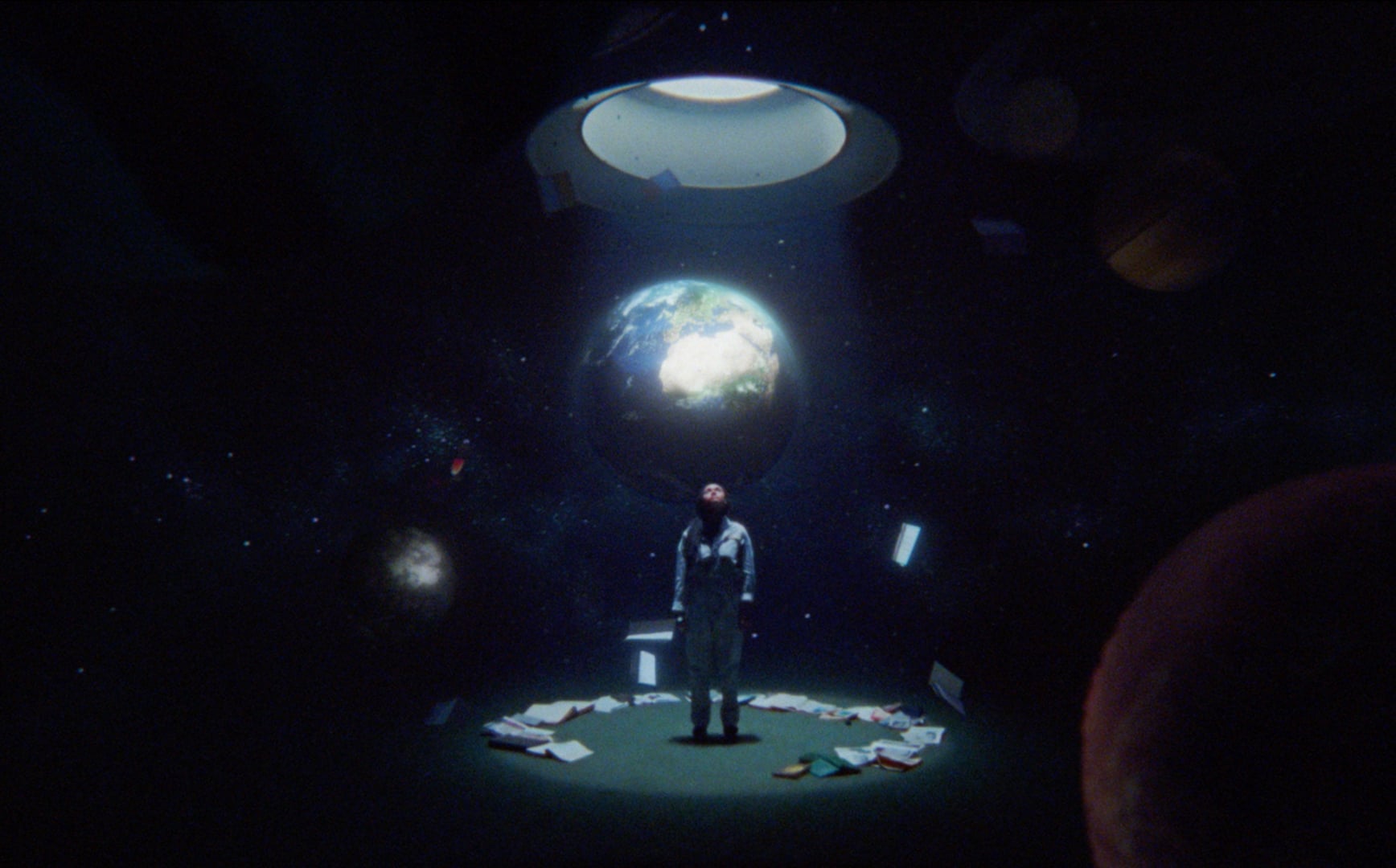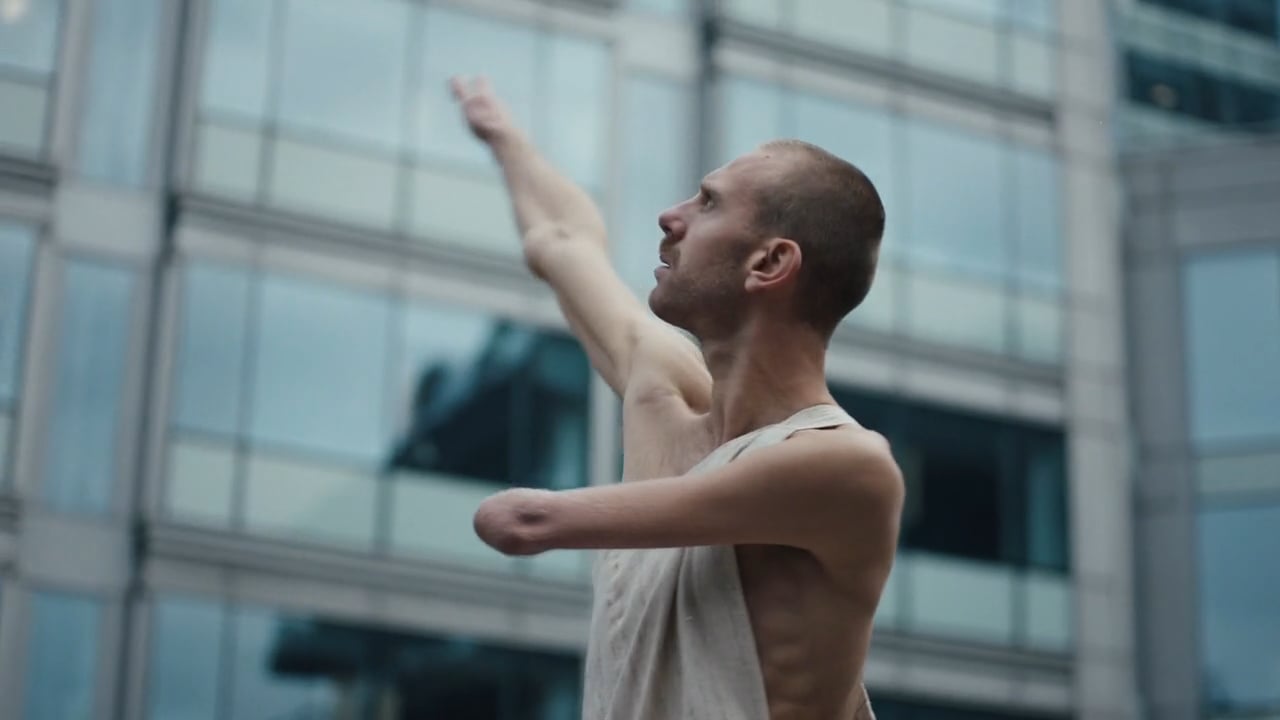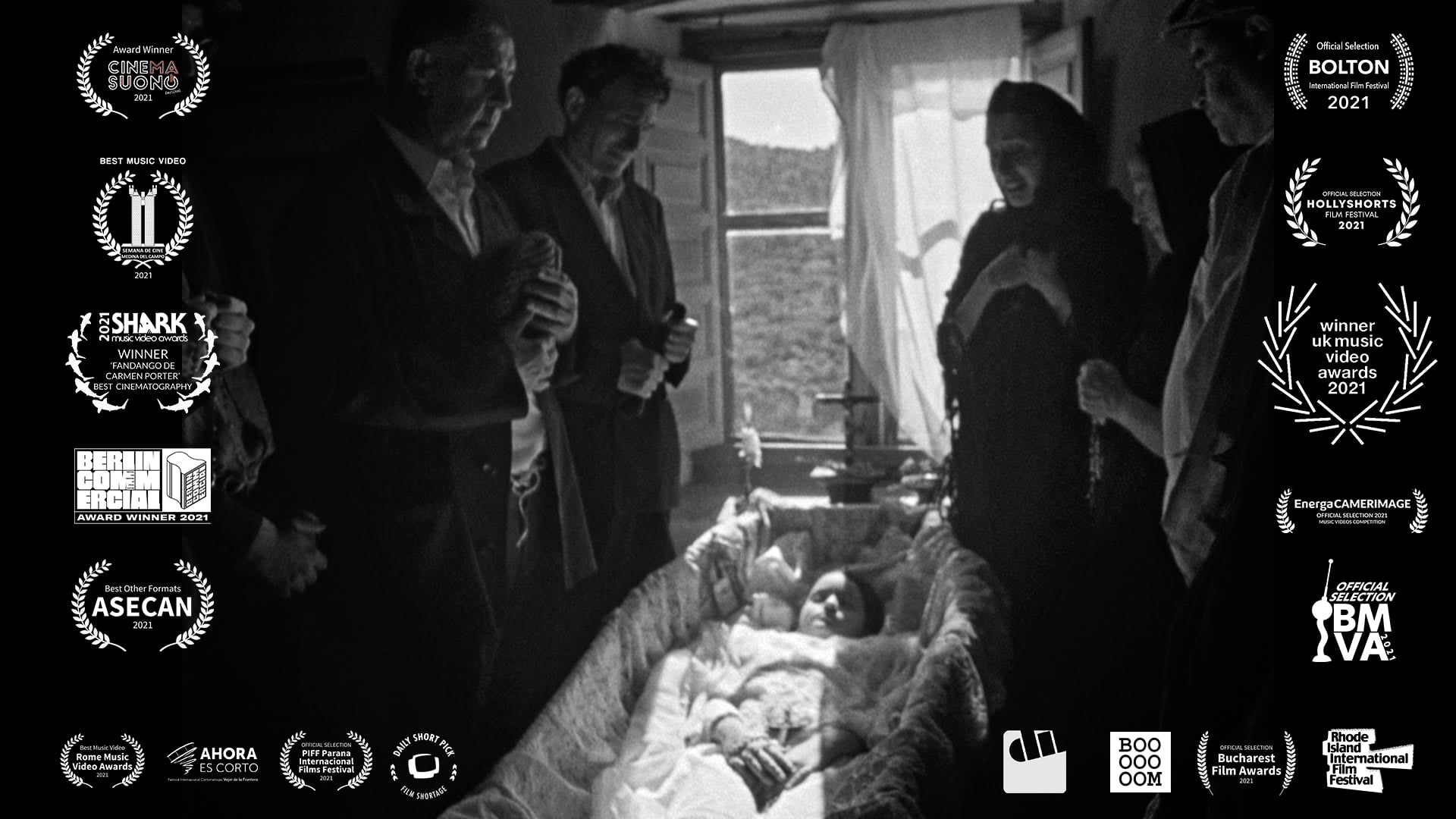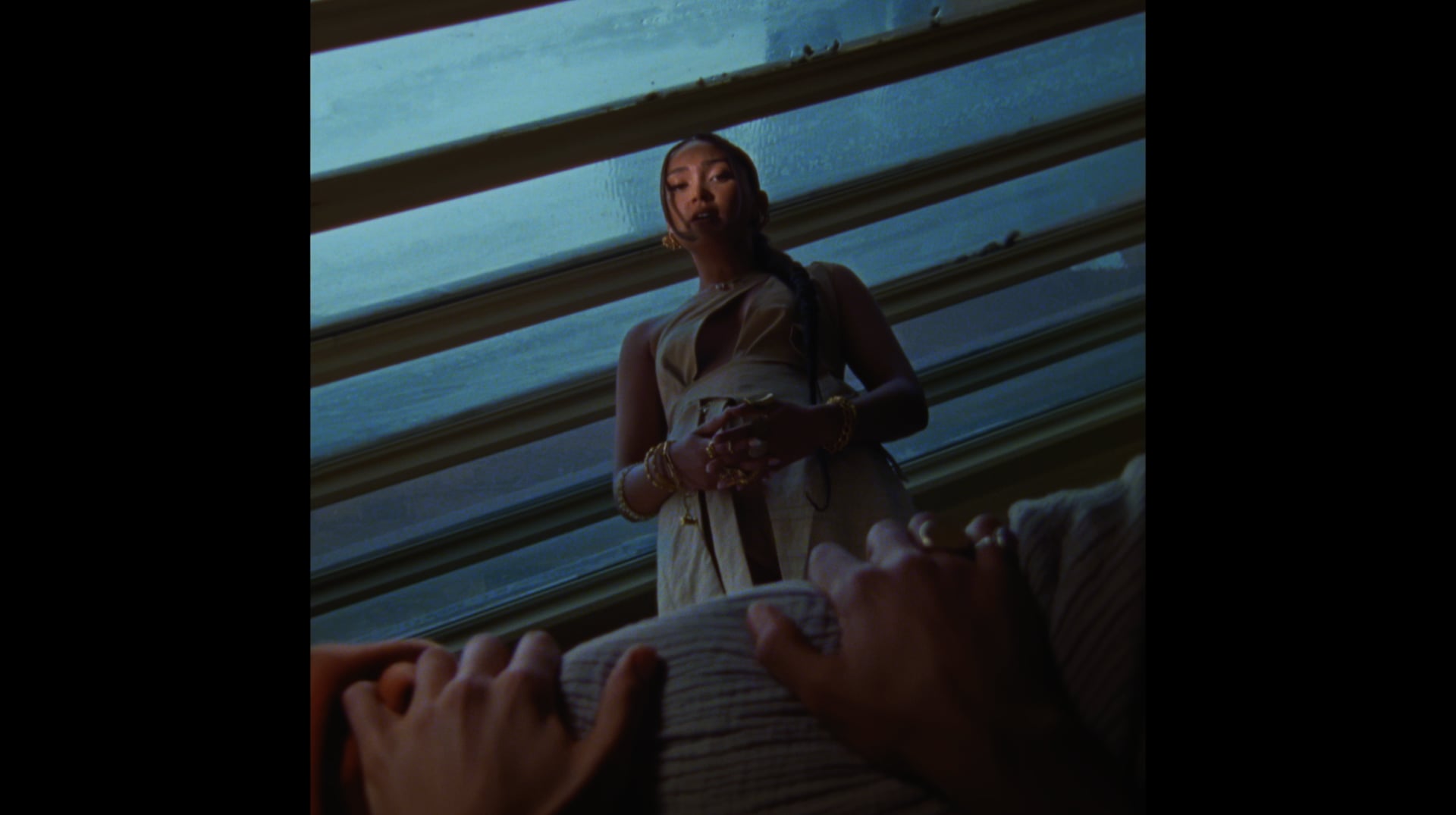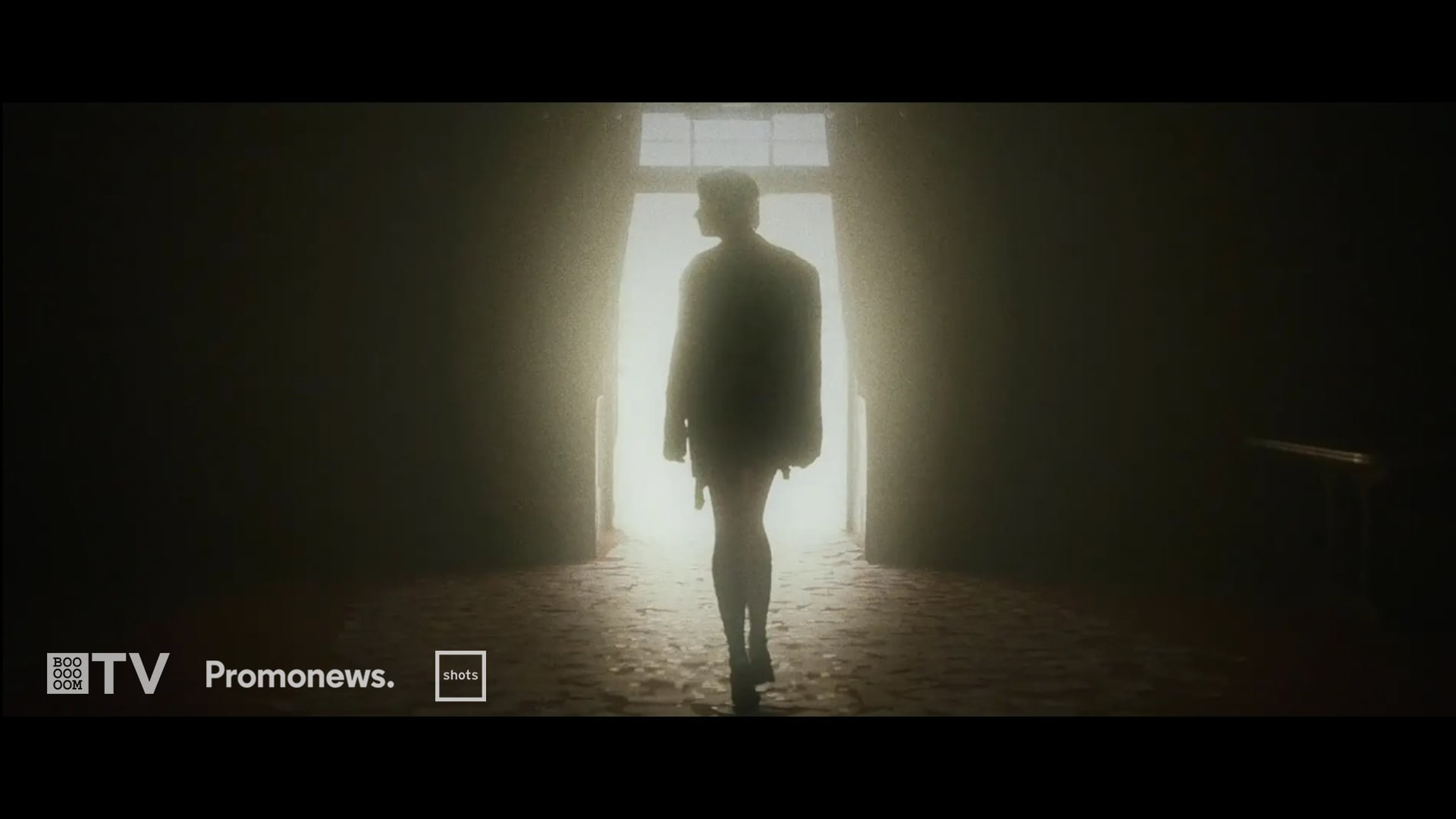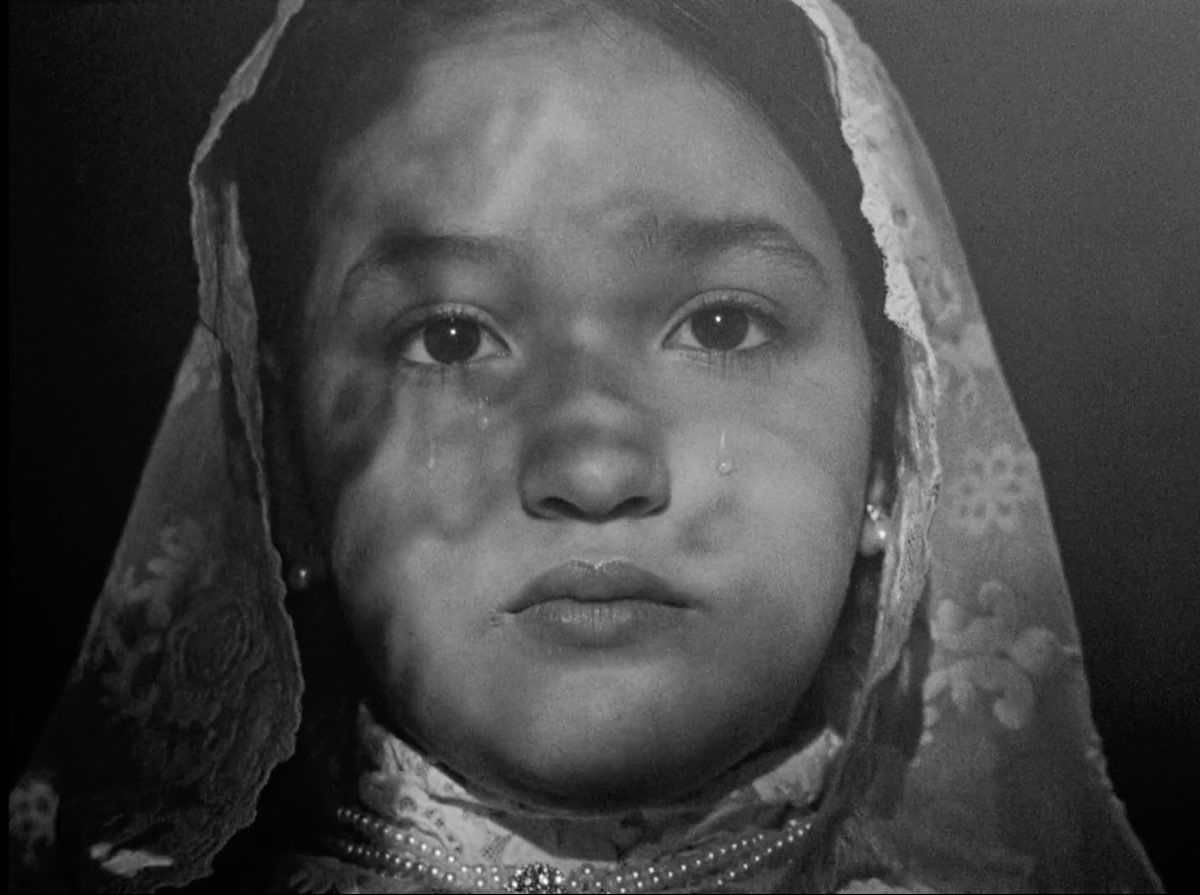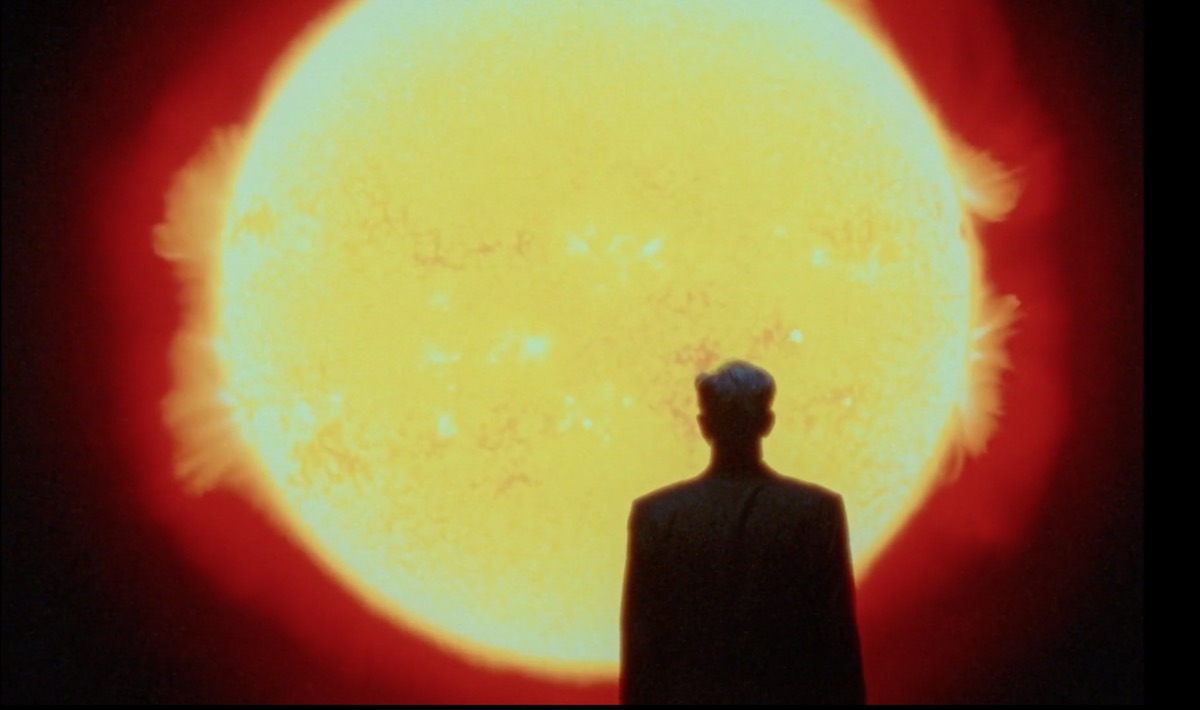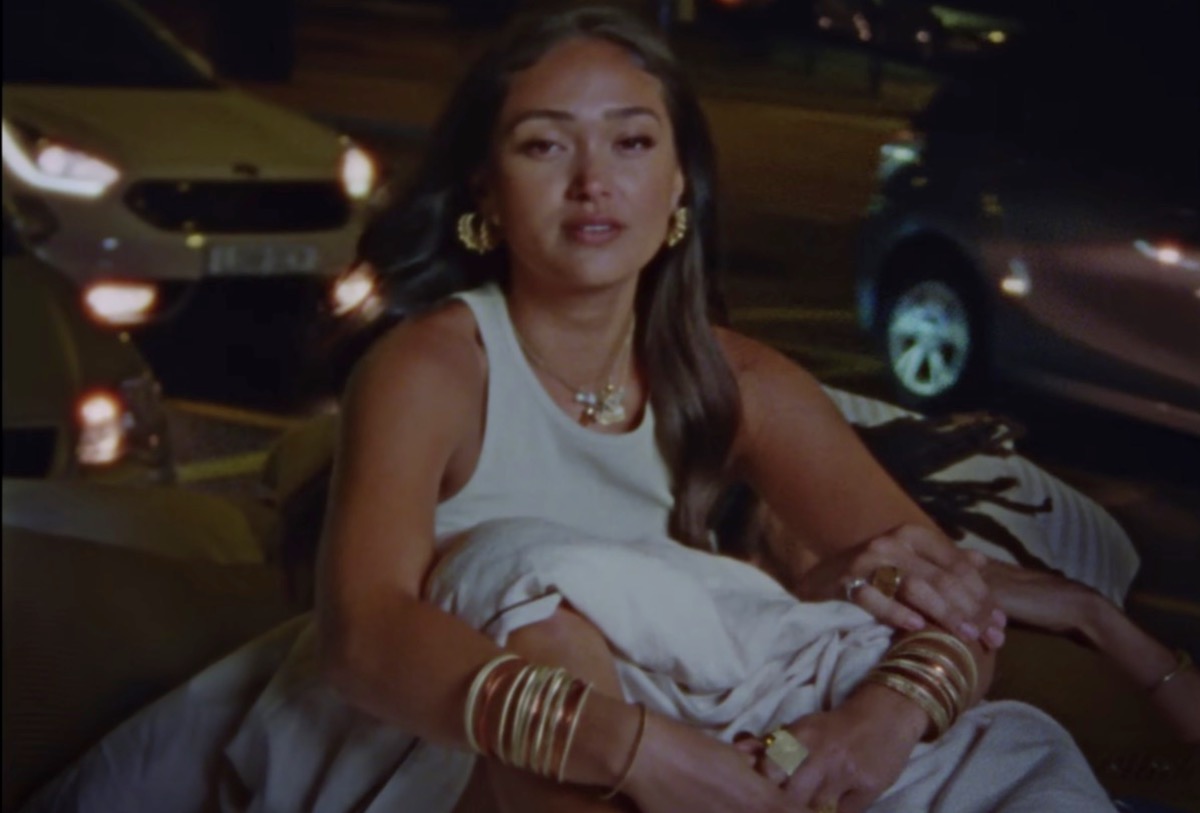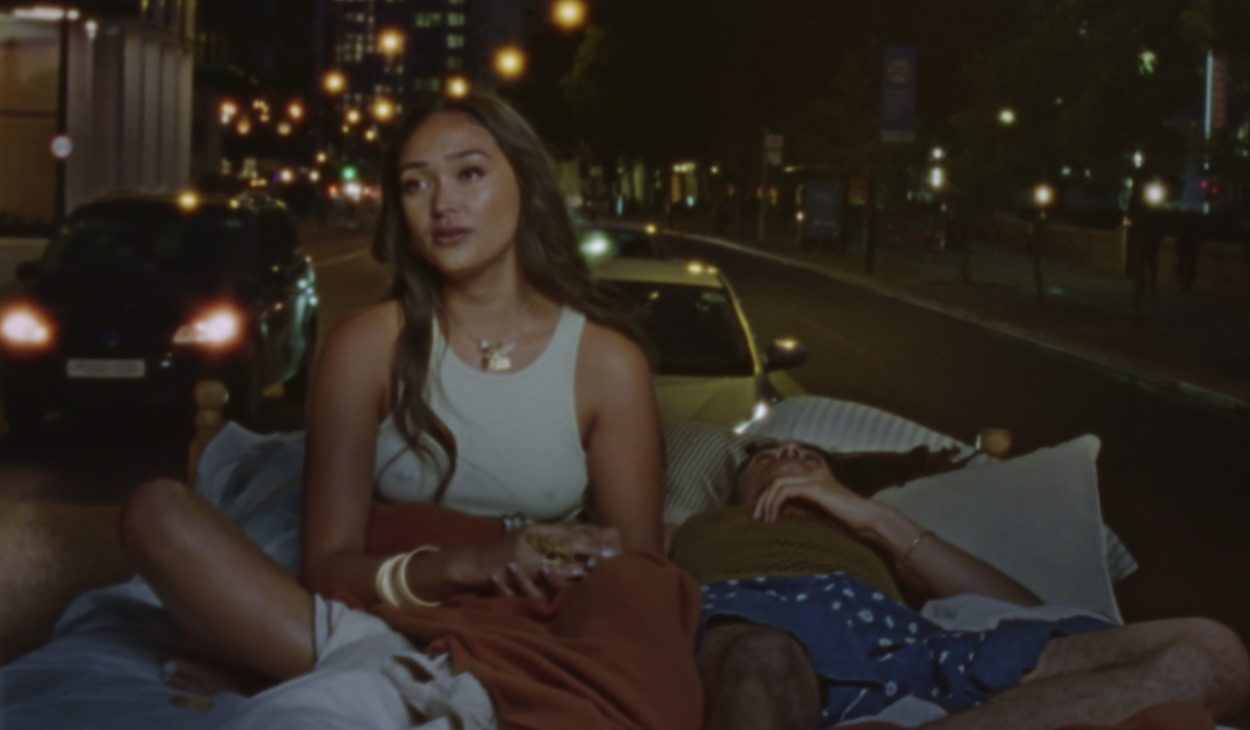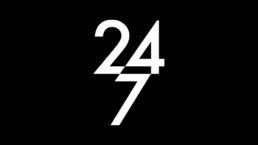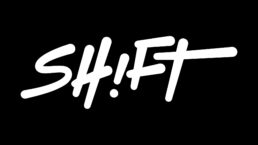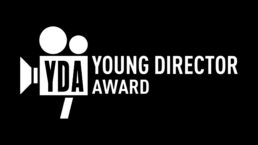Fandangô de Carmen Porter
You were born and bred in Cadiz, Andalucia, but left at the age of 18 to travel around the world. How much has your own cultural and personal identity played a part in work such as the music video Fandangô de Carmen Porter?
Andalucia has a strong cultural and popular imagery that has been really important for me as a director. Across centuries our land was conquered by Phoenicians, Romans, Arabs, French and more, so our culture was formed under many different influences. This resulted in a really special identity, that is inherent in me.
In this film I wanted to explore specifically religious mysticism and how my ancestors related to death. I am not a religious person at all, but even so the Catholic church had a massive impact in my life, because it’s so entwined with our culture and traditions.
Sometimes it’s so sad for me to see how other people from outside of Andalucia use just the clichés of our culture to make films, not digging at all in our identity. Like if Andalucia was an aesthetic complement for their films. So as a director I am trying to claim its true identity, and I have a resolution of directing at least one film per year there, to talk about aspects of my homeland that I feel truly connected with.
Those years you spent travelling included studying cinema in Cuba, working as an investigative journalist in conflict zones such as Lebanon, and as a university teacher in Chile. Did you always know you’d end up making films?
Yes, I wanted to be a director since I was a kid, when I used to accompany my mother to an independent cinema in my hometown. I couldn’t afford to pay for film school, so I studied Journalism at the public university. I was lucky enough to study for some months in Cuba and be surrounded by people who loved cinema and encouraged me to try. Then my career went in a different direction, but I feel that even all these years in journalism have been a build up for this moment. It is always about telling stories, after all.
Toke Broni Strandby
The film you made in 2020 called ‘Toke’, provides an insight into the life of Danish-born dancer Toke Broni Strandby and the release he is able to find through movement. When talking about ‘Toke’, you mentioned that you never write a script. Instead, you ask questions designed to produce the answers you want to feature. In general, what does the creative process look like for you?
I adapt the creative process for every project. ‘Toke’ was a really special one that needed to be done in that way. I needed to understand first who was Toke, and I needed to have a deep and sincere conversation with him. That made me connect with him and be able to tell his story in an honest way.
But also, I don’t feel it’s believable when in a documentary someone reads a script, especially if they are not professional actors. In the documentary universe, I want to listen to voices that can transmit reality. And I think the best way to achieve this is to listen to the spontaneous answers of the protagonist, not forcing them to read words that probably they don’t feel belong to them.
Where do you find inspiration?
I used to get a lot of inspiration from other movies and classics, and that certainly played a big role in shaping my aesthetic and style as a director. But more recently, I’ve been trying to focus my research on different media. Anything from photography to poetry, architecture and so on. I really try to focus on the ideas and feelings that these inspire in me personally, and then take it from there.
Terra Cene
Your recent experimental short, ‘Terra Cene’, addresses one of the most pressing issues of our time – climate change and the future of the planet. How did you and co-director Rodrigo Inada come up with the idea of a time capsule to convey the apocalyptic threat now facing humanity?
While researching for the film, we came across the Golden Record [a collection of sounds and images blasted into space in 1997 aboard the Voyager]. And we found it really incredible, the idea that NASA created this time capsule that in this very moment is still floating in space, far away from our solar system.
It is very inspiring, to think that there is a piece of our planet and us humans that will live on way after us. But at the same time, it reminds us how much the planet Earth has changed and where it is heading. So much so, that thinking about the Golden Record feels almost nostalgic.
With Rodrigo, we talked for hours and hours about this, because it’s such a deep topic that involves the concepts of space and time and how it can feel irreversible.
Filmmakers often present us with dystopian visions of the future. In Terra Cene, how important was it to convey a message of hope: that we can still effect change and it’s not too late?
It’s so important. We must have an optimistic message, otherwise people will just give up. That’s why in this film we question the concept of countdown, and we say that if time is infinite we cannot have a countdown, because it is impossible to reach the number zero. That brings hope and gives us a chance: we still have time to change, we still have time to save planet Earth.
Joy Crookes, Skin
With its Game of Thrones and girl-power vibes, your latest music video for Joy Crookes,‘Trouble,’ feels very different in style and tone from its raw and intimate predecessor, ‘Skin’. Tell us a bit more about the idea and how you worked with Joy to realise that vision.
When they sent me the song, we agreed that this music video should be more playful, because the tone and mood of the song is totally different than ‘Skin’. And also, I wanted to show Joy in a totally different way from what we had seen before. It was a bit of a challenge to me, because − let’s put it in this way − I am more a ‘sad’ director rather than a ‘funny’ one, ha ha.
From Joy´s words, this song is about having arguments with the people that you love. And I found really cool to use chess as the metaphor in the ‘fight’, where Joy and her opponent are transformed into chess pieces. In chess, you need to use strategy to win, and in verbal discussions as well. The armour and swords were really useful, as well as metaphors of attacking and defending during these fights.
During the music video, the characters move through different set-ups, the same as the pawns move across the chessboard, until Joy wins the argument. Check mate.
What other topics or themes would you be interested in exploring in future projects, be they commercial or personal? And do you have any projects in the pipeline at the moment?
I think my journalist background is always present in the topics I like. Right now. I am still developing a feature documentary film about the first female punk band in Afghanistan, pitching a big commercial, and working on some narrative personal projects. I’m also currently working with Rodrigo Inada on something that we will make public soon.
Interview by Selena Schleh
Nono website
@nonoayuso
Rodrigo Inada @t0s_k4
